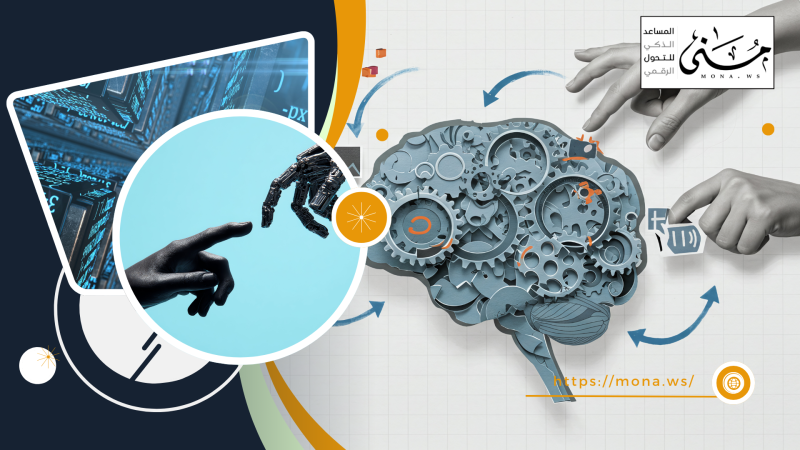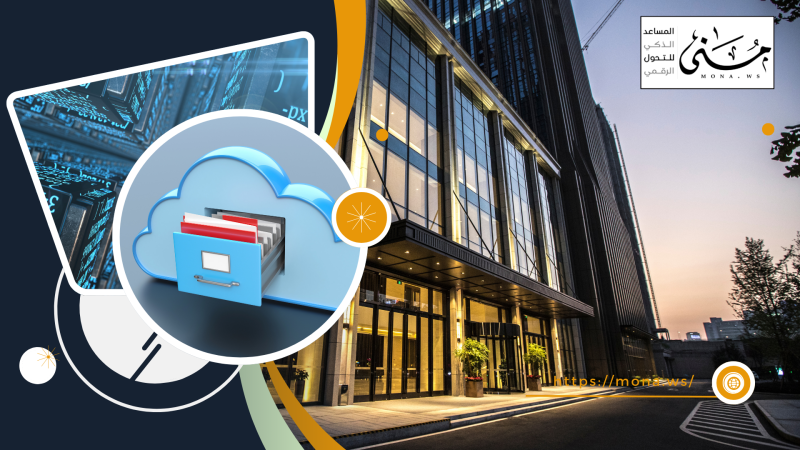At the heart of every successful industrial company lies a vital artery that drives its momentum forward: effective maintenance.
Keeping equipment and machinery in optimal condition is not just a technical task—it is a strategic investment that ensures continuity of operations, product quality, and ultimately, profitability.
The industrial sector has long faced major challenges in asset management—from unexpected breakdowns that halt production lines, to the high costs of emergency repairs, to wasted resources and time. These challenges have pushed companies to seek more advanced and effective solutions—solutions that go beyond reacting to failures after they occur.
Preventive Maintenance: The Concept and Its Importance
To fully grasp the transformation the company underwent, we must first understand the concept and roots of Preventive Maintenance (PM). Preventive maintenance is a proactive approach aimed at preventing equipment failures before they happen, by carrying out scheduled and routine maintenance tasks.
Unlike Reactive Maintenance, which responds only after breakdowns occur, Preventive Maintenance focuses on identifying and addressing potential issues at their earliest stages, or even before any visible signs of wear appear.
These tasks may include periodic inspections, lubrication, cleaning, replacement of worn-out parts, or equipment calibration—executed based on a fixed schedule or after a specific number of operating hours.
Preventive maintenance serves as an industrial shield, and its importance lies in several critical factors:
-
Reducing unplanned downtime:
Unexpected production line shutdowns can be a nightmare, leading to significant losses. Preventive maintenance minimizes this risk, ensuring smooth operational flow. -
Extending equipment lifespan:
Through regular care and servicing, machinery remains in top shape, reducing wear and delaying replacement needs—maximizing the ROI on capital investments. -
Improving workplace safety:
Well-maintained equipment is less likely to malfunction and cause accidents. Preventive maintenance directly supports a safer work environment, a top priority for any responsible business. -
Lowering long-term maintenance costs:
While preventive maintenance requires an initial investment in time and resources, it drastically reduces total costs over time. Major breakdowns are more expensive and complex than regular upkeep tasks that help prevent them. It also reduces reliance on costly emergency spare parts. -
Boosting operational efficiency and productivity:
When equipment runs reliably and without interruption, productivity increases. Preventive maintenance enables confident production planning, timely deliveries, and improved product quality—enhancing competitiveness in the market.
In short, preventive maintenance is not a routine chore—it’s an operational philosophy that drives sustainability and growth. It shifts the mindset from “fix what’s broken” to “prevent breakage altogether”—a true paradigm shift in industrial asset management.
Challenges the Company Faced Before Implementation
Before embarking on its preventive maintenance journey, the company was trapped in a cycle of operational challenges that threatened its efficiency and profitability. Its maintenance strategy relied almost entirely on Reactive Maintenance—responding only after breakdowns occurred.
This approach, while seemingly straightforward, had severe consequences that affected every part of the operation:
-
High rate of sudden, unplanned breakdowns:
Machines often stopped without warning, halting entire production lines. These disruptions led to lost work hours, delays in delivery, and reduced capacity—creating a constant state of operational uncertainty. -
Unexpected and excessive repair costs:
Full breakdowns often caused severe damage, requiring expensive parts, extended labor hours, or external specialists. These costs strained budgets and impacted the company’s financial health. The opportunity cost of halted production was often greater than the repairs themselves. -
Negative impact on production schedules and delivery commitments:
With every sudden stoppage, production plans fell apart. Meeting deadlines became increasingly difficult, harming the company’s reputation and client relationships. It created overwhelming pressure on staff, increased overtime, and dropped team morale. -
Lack of equipment performance tracking and maintenance history:
Without a structured maintenance system, it was nearly impossible to track past maintenance, part replacements, or recurring failure patterns. This lack of data hindered decision-making around replacements or improvements. The company was effectively “flying blind.” -
Wasted human and material resources:
The maintenance team spent most of its time “putting out fires” rather than focusing on strategic or proactive work. Add to that the waste from unavailable spare parts during emergencies, and the burden became unsustainable.
In summary, the company was caught in a vicious cycle of breakdowns and reactive fixes, draining its efficiency, increasing costs, and diminishing its competitive edge. Senior leadership realized this approach was no longer viable—a radical shift in maintenance strategy was needed to secure the company’s future.
This realization sparked the search for an advanced, tech-driven solution—leading them to DocSuite CMMS.
DocSuite CMMS: The Chosen Solution
Amid the mounting challenges of reactive maintenance, the search for a comprehensive technological solution became inevitable. After a thorough review of market options, the company chose DocSuite CMMS (Computerized Maintenance Management System).
This wasn’t a random choice—it was the result of evaluating features that aligned with the company’s strategic goals for preventive maintenance and operational efficiency.
DocSuite CMMS is a software system specifically designed to streamline and automate all aspects of industrial maintenance management. It provides a centralized platform for managing assets, scheduling tasks, tracking processes, and generating reports—minimizing reliance on error-prone paper records and manual operations.
DocSuite CMMS offered several key features that made it the ideal choice:
-
Comprehensive asset management:
The system maintains a centralized database of all equipment, including specifications, purchase dates, locations, and maintenance histories—offering full visibility into every asset. -
Preventive maintenance scheduling:
This standout feature allows users to schedule maintenance tasks for each machine based on time intervals (daily, weekly, monthly), operating hours, or usage cycles. It sends automated alerts to ensure no task is missed. -
Work order management:
DocSuite CMMS automates the creation and assignment of work orders to maintenance teams, tracking each order from start to finish—including task details, parts used, and time spent. This promotes accountability and transparency. -
Spare parts and inventory control:
The system helps manage spare parts efficiently by tracking stock levels, setting reorder thresholds, and recording part usage per task—minimizing delays and optimizing cost control. -
Advanced reporting and analytics:
DocSuite CMMS provides a wide range of reports and dashboards with key performance indicators (KPIs) like failure trends, maintenance costs, asset performance, and PM effectiveness. These insights empower informed decision-making and continuous improvement. -
User-friendly interface:
Despite its robust features, DocSuite CMMS is intuitive and easy to use, allowing maintenance teams and engineers to adapt quickly without requiring intensive training.
The decision to implement DocSuite CMMS stemmed from its ability to meet the company’s urgent needs. It promised to shift operations from reactive to proactive, from chaos to control, and from unpredictable costs to planned spending.
This wasn’t just about purchasing software—it was about embracing a new philosophy in asset management.
Conclusi
This experience proved that investing in solutions like DocSuite CMMS goes far beyond just task management. It’s an investment in productivity, safety, product quality, and ultimately, business sustainability and profitability.
The company successfully turned recurring breakdowns and unexpected costs into opportunities for growth and continuous improvement—solidifying its position in the market.
In closing, it’s essential to understand that preventive maintenance is not an operational cost—it’s a wise strategic investment. It ensures that the wheels of industry keep turning—smoothly, efficiently, and with maximum reliability.
Companies that adopt this mindset and support it with the right technologies will be the ones best equipped to face future challenges, extract the most value from their assets, and lead innovation in an ever-evolving industrial landscape.










Comments
Add New Comment